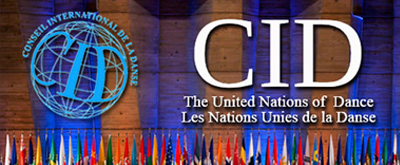Multiple Intelligence and Dance
For most of the last century intelligence has been regarded as a singular entity, defined by IQ and measurable by pencil and paper tests. This was challenged by Dr. Howard Gardner, from Harvard University, in 1983, who made an attempt to pluralize the concept of intelligence. Gardner proposed that there are many different kinds of […]


